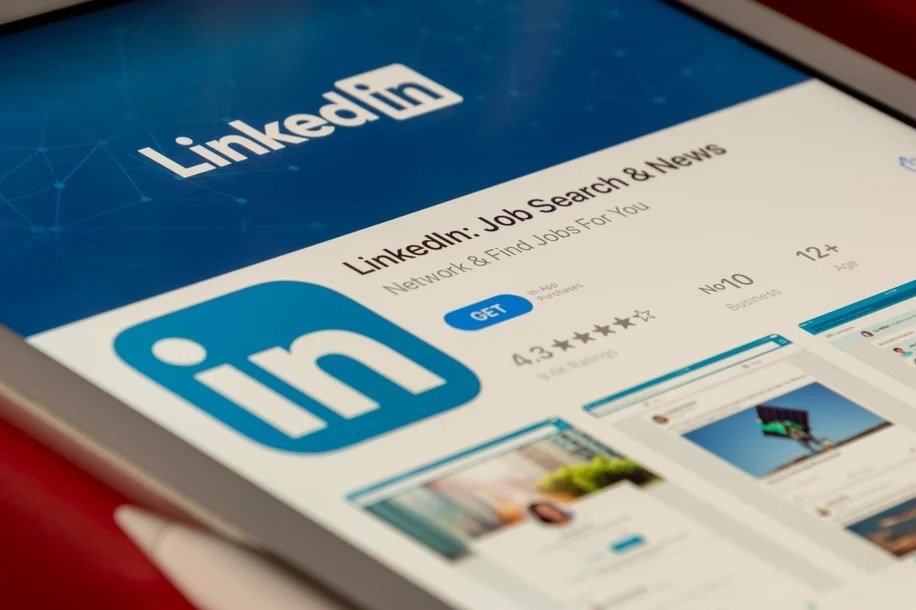To be or not B2B? Social media and the built environment sector
#Week9 saw NEOM launch its latest development Elanan across social platforms as it continues in its mission to dominate digital spaces, harnessing the power of social media to speak directly to its audience.
It’s no secret that the digital landscape’s growth in the past decade has given an additional platform for companies to access new ways of making deals and grow awareness. The pace of which this space changes is fast, by the time you’ve written about it something new has entered the market. It’s important to stay ahead of the curve, at Innesco we recently evolved our digital studio, adding more digital firepower to provide services at the cutting edge of the digital movement.
With COVID-19 shutting down traditional channels, brands had to look elsewhere – enter digital media. The global shutdown was the spark that lit the touchpaper for the digital built environment revolution. The significant value that digital media provided then, and continues to do now, is unmatched in its value. Providing businesses with insightful information about their desired audiences and teaching them about behaviours, likes and dislikes in real time is invaluable, fascinating and quite addictive. It’s an opportunity for marketers to utilise the largest online databases with audience platforms, all for pretty much free.
Highlighted by Brennan Bespoke, content marketing within the built environment sector has recently reached new heights. Residential agents have become particularly adept at utilising the B2C and B2B platforms by showcasing tours of extravagant London townhouses alongside practical refurbishments, captivating audiences with immersive experiences and relatable content. From an engagement perspective, this has been huge. With 1.1 billion monthly active users globally, TikTok has spurred the growth of real estate agents, even launching them into influencer fame.
How does this impact the industry? With a substantial portion of TikTok's user base falling within the 25-34 age range, agents have a golden opportunity to connect with prospective homebuyers. As the cost of housing has increased by 44% nationally and by 74% in London since 2007, this excellence in digital marketing has come at the most beneficial time for the sector. Through virtual tours and algorithm-driven content placement, TikTok's platform facilitates organic engagement, reducing reliance on paid campaigns, allowing a more profitable landscape. Innesco’s data-capturing software enables us to explore these ever-evolving engagement rates and social trends, which in turn allows us to advise on leasing strategies with the end user in mind – informing masterplans, agents, developers and more on a global scale.
The impact of social media extends beyond business-to-consumer interactions; it has significantly influenced the B2B sector as well. At times dis-regarded, or thought of as an afterthought, B2B often takes a back seat when it comes to digital strategy. But if you’re not using it to target leasing agents, retail and leisure brands, or directors of F&B companies, then quite frankly – you’re missing a trick. Recent advancements in regions like Saudi Arabia have seen social media play a pivotal role in introducing new projects to international markets. NEOM's ground-breaking initiatives, exemplified by 'The Line,' have sparked global excitement and generated a wealth of content across platforms like Instagram and TikTok. However, it’s LinkedIn where the B2B audiences are engaging that might be most interesting. The reach that their projects generate, combined with the content types and calls to action, make for a tantalising package for the world’s most ambitious brands.
Closer to home, social media's value lies in the community that developers and architects can cultivate around their projects. There can be a hesitancy for brands or projects to put themselves out there on social media in these occasions, but surely you’d rather be part of a conversation than sitting on the side-lines not having your say.
In essence, social media's impact on the built environment sector continues to impress and grow; it’s currently reshaping how businesses connect with audiences, drive innovation, and navigate the ever-evolving digital landscape, which ultimately, is leading to more company success.

